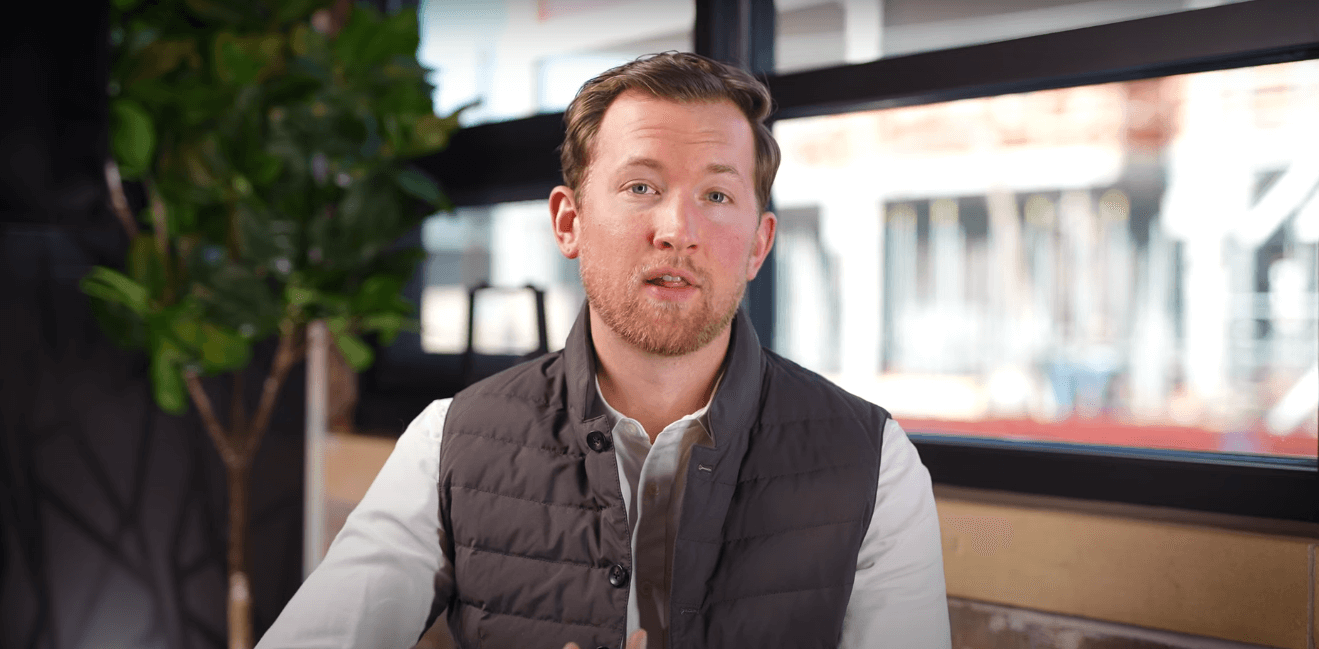In this blog we will explore the three main diversification strategies within passive investing that we believe in implementing as a savvy passive investor.
GEOGRAPHIC DIVERSITY
Some investors choose to make investments close to where they reside, which can be characterized as being within an hour or two of their home. Others will make investments, but they will all be made in the same niche. Since I live in Silicon Valley, one of the most expensive places in the US, if not the entire globe, I wanted to invest locally, but the mathematics did not add up. It’s nearly impossible to find cash-flowing real estate locally, especially major commercial assets, because of the out-of-control price to rent ratio. There are countless options for investing, and the majority of them work. Having all of your assets concentrated in one area presents a challenge since it makes you considerably more vulnerable to hazards associated with the economy, the environment, and other geographical factors.
You could be in trouble if, for instance, there is a significant earthquake—which occurs frequently in California, where I currently reside—and you own 10 houses that are all destroyed and located within three miles of one another. Although this is a ridiculous example, there is still a risk.
Hurricanes frequently struck Florida, which most certainly had a significant impact on some real properties. Even though it might be acceptable to own property in Florida, you would be in serious problems if you concentrated all of your investments in Miami and a single hurricane destroyed half of them.
Another example involving the weather is that some investors have six distinct funds with some very large mobile home park operators, one of which is the fifth-largest in the world. One of the investors I know told a story to explain why they don’t mind investing in tornado-prone areas but stay away from hurricane-prone places. The justification was that a hurricane normally destroys a sizable territory when it makes landfall. It takes decades to restore the damage since the many governmental organizations and insurance firms are overburdened and unable to handle it. However, because tornadoes typically strike a more remote area, FEMA will intervene right away to provide assistance. Isolated locations are considerably easier to control. These mobile home owners received free replacements for every one of their homes that a tornado damaged or destroyed in this particular case. The takeaway from this is that while hurricanes are uncontrollable, tornadoes are manageable.
In addition to weather-related hazards, diversifying across different geographies is a good idea because each one has distinct economies and, thus, distinct problems. You are once more in serious difficulty if you have invested in a city or region that significantly depends on a particular employer and they decide to move their operations across the country.
Numerous such instances support the idea that it is crucial to diversify the locations of your investments.
DIVERSIFICATION OF ASSET CLASSES
Diversification across various asset classes is essential, both from an asset-type and tenant standpoint. For instance, I, along with many other real estate investors, will only invest in apartment buildings that have 50 units or more. When a tenant vacates a 50-unit structure, the vacancy rate rises by 2%. However, if you purchase a triplex and a renter vacates, your vacancy rate will rise by 33%!
It is important to diversify among asset classes because some perform better in an expanding economy than others, or are at least easier to manage during a recession. For instance, in a strong economy, office and retail don’t function as well, but they may weather a recession just well. specifically, retail with large supermarket stores like Walmart or Target as anchor tenants. Self-storage and mobile homes might perform even better when the economy is lagging. Only 1% more self-storage spaces became vacant during the previous recession. This is most likely a result of the rise in demand brought on by homeowners who were foreclosed on and required a somewhere to keep all of their personal belongings.
You want to be as varied as you can be over the long term. By doing this, the cash flow will continue to pour in whether the economy is strong or weak. This is crucial if, like many passive investors, you depend on cash flow to support your lifestyle.
We do not advise you to invest in all asset classes. For instance, some individuals avoid purchasing hotels or commercial real estate. These asset groups typically do extremely well during economic expansions. However, during a downturn, they frequently experience extremely sharp revenue declines. Some investors prefer to avoid that volatility exposure.
As a result, it is crucial that you diversify as much as you can. However, you must first ensure that you are familiar with and knowledgeable about each asset class you choose.
DIVERSIFICATION OF SYNDICATORS
Every time you invest passively, you give up control in exchange for diversification. Your control is minimized because you are handing up responsibility for managing day-to-day operations to someone else and you are likely investing with several different investors. In order to avoid losing control, you should trade it for diversification. A 1% risk is always present when dealing with operators, according to seasoned real estate investors, because there is a chance of fraud, mismanagement, a Ponzi scheme, etc. Being a passive investor means you are essentially taking on more risk. Diversifying across operators will help to reduce that risk. Avoid putting all of your eggs in one basket.
Everyone has a different opinion regarding the ideal quantity of operators an investor should have. We frequently observe that people prefer not to expose themselves to operators who represent more than 10% of their overall capital. The same holds true for asset classes and geographic regions.
Additionally, it is crucial to keep in mind that although effective diversification takes time, it is the best approach to lower risk. The better you are in the short and long terms, the more diverse you are. We advise you not to put more than 5% of your capital into any one opportunity. Accordingly, your objective should be to diversify over at least 10–20 options. Then, depending on the person, you can decide how many operators—1, 3, or more—you feel comfortable handling. It obviously depends on your comfort level and is quite subjective.
CONCLUSION
To ensure long-term profitability and lower risk, real estate investing requires diversification. Three crucial considerations that we urge you to keep in mind while you diversify your investments are:
- Geography
- Asset-classes
- Operators
Your ultimate investment goal, in our opinion, should be to allocate no more than 5% of your total money to any one opportunity and no more than 10% to any one area, asset class, or operator.
Invest wisely!





